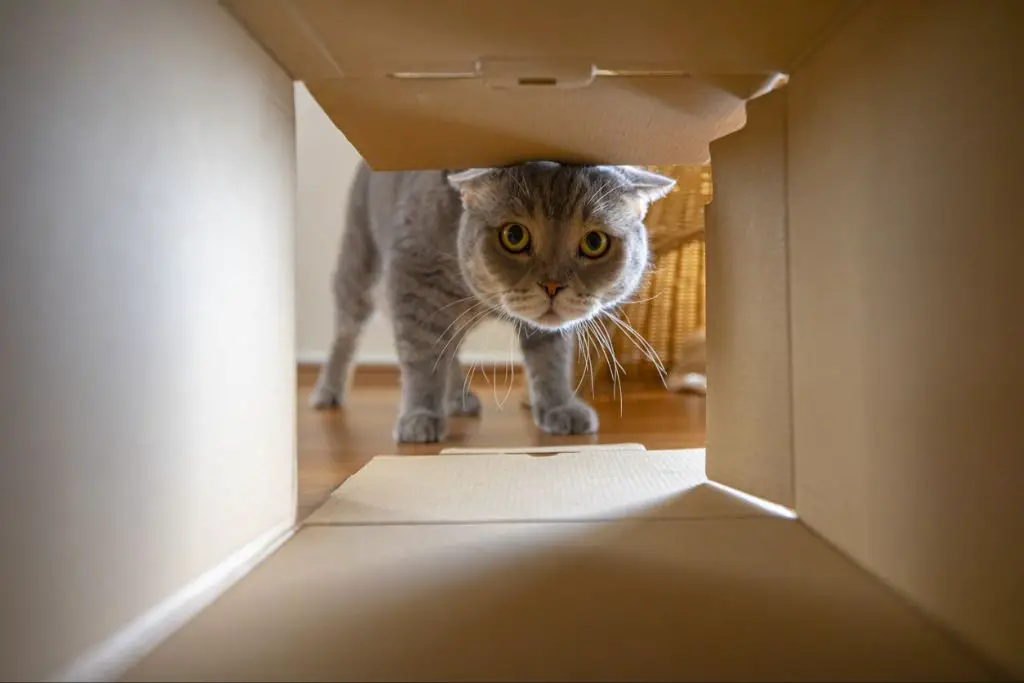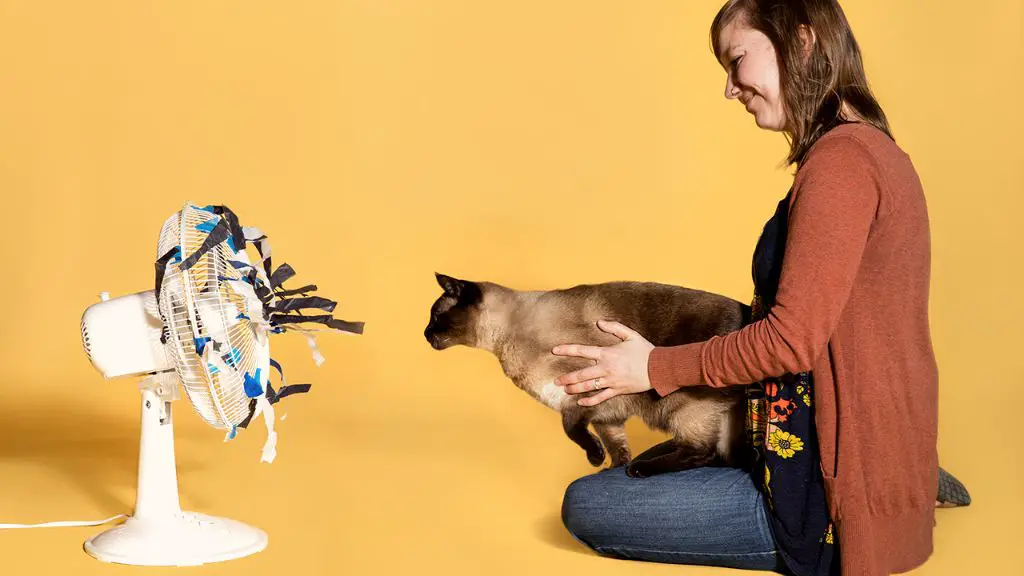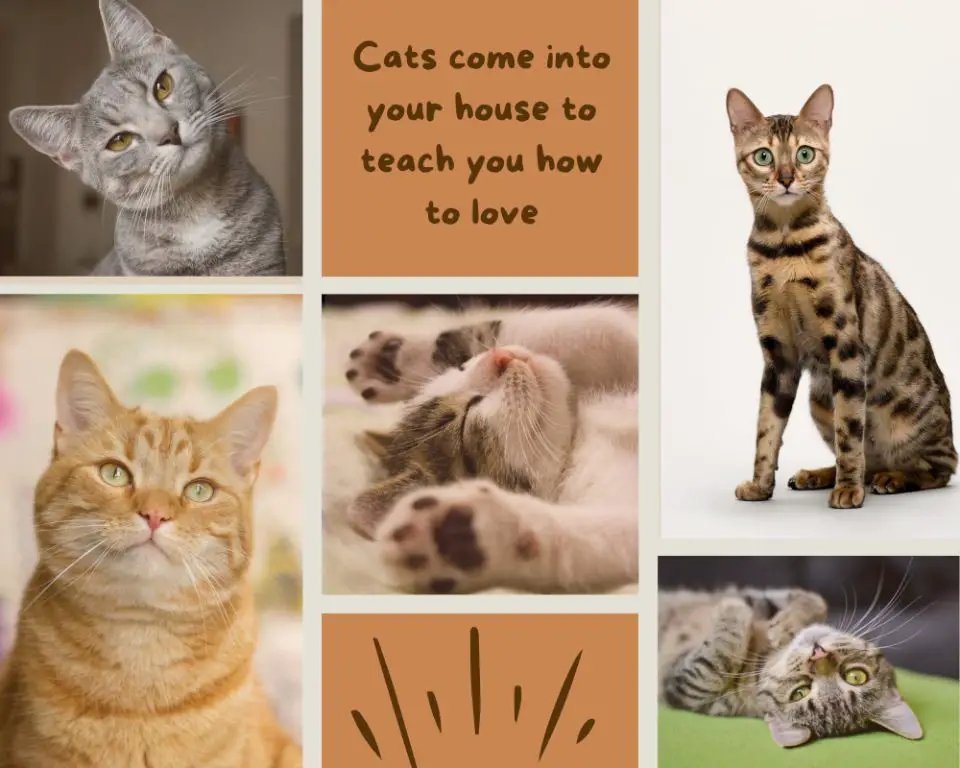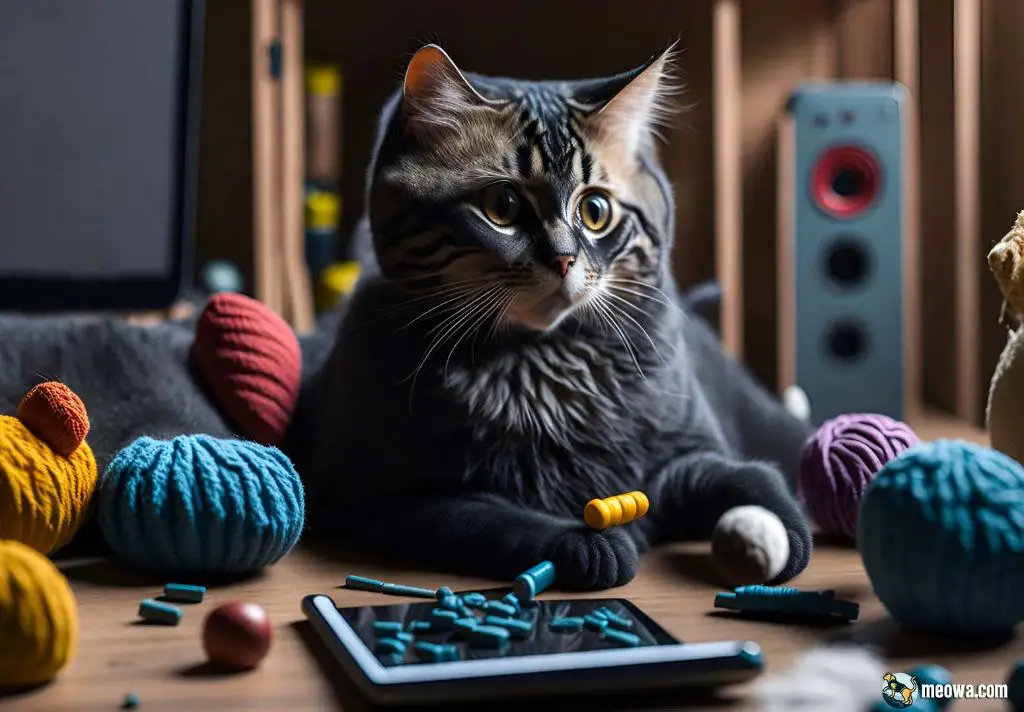What Does It Mean to be Cat-Like?
Cats are known for having distinct personalities and behaviors that many humans find endearing. When someone says you’re “being cat-like,” it often refers to embodying traits many cats share, such as:
- Independence – Cats are independent creatures who can entertain themselves and don’t require constant attention. Being cat-like means enjoying time alone and not needing others around to feel satisfied.
- Curiosity – Cats are naturally curious, often exploring new areas and investigating anything unfamiliar. A cat-like person will have an inquisitive nature and interest in their surroundings.
- Playfulness – Cats love to play and pounce, getting joy out of games and toys. Embracing your feline side means being playful and maintaining a sense of fun.
- Stealth – Cats are stealthy hunters, able to quietly sneak up on their prey. Being cat-like can mean moving in a quiet, calculated, and graceful way.
- Agility – With great agility and acrobatic abilities, cats are nimble creatures. Cat-like agility refers to being extremely adept and flexible in motion.
- Grooming – Cats spend much time grooming themselves, staying clean through frequent licking and wiping. Being meticulous in your self-grooming can be considered cat-like.
- Napping – Napping often throughout the day is typical cat behavior. Feeling the urge to nap or lounge frequently can be a sign of your inner house cat.

When someone describes you as cat-like, they likely mean you exhibit some of these classic feline qualities in your mood, behavior, or personality.
Assessing Your Mood
Just like cats, humans experience a range of moods throughout the day. Assessing your mood can provide insight into your inner cat. Are you feeling relaxed or stressed? Impatient or patient? Adventurous or cautious? Your mood can reveal a lot about your feline nature.

When relaxed, cats often lounge comfortably, nap frequently, and move slowly and deliberately. If you find yourself unwinding with long naps or leisurely activities, your inner cat is at ease. However, if you’re feeling hurried, irritable, or restless, your mood reflects a stressed cat who can’t get comfortable (source).
An impatient mood shows a desire for stimulation and activity. Cats may pace, meow persistently, or beg for food when impatient. If you’re feeling restless, distracted, or antsy, your inner cat wants something to do right meow. But a patient mood demonstrates contentment with waiting – like a cat happily birdwatching out a window (source).
Adventurous cats boldly explore new spaces and don’t startle easily. An adventurous mood in yourself could manifest as curiosity, courage, or initiative. But a cautious mood reflects a cat hesitant to engage and easily spooked by surprises. Pay attention to when you feel daring or apprehensive to pinpoint your inner cat’s adventurousness.
Your Daily Routine
Cats thrive on routine and prefer to stick to a schedule for napping, eating, playing, grooming, and observing their surroundings. According to The Importance of Establishing a Routine for Your Cat or Dog (https://www.zoetispetcare.com/blog/article/importance-routine-cat-dog), cats like to eat and use the litter box at the same time every day. A sample daily routine may include a morning play and feeding session, midday play break, evening meal, and bedtime. The Perfect Cat Day: What’s an Ideal Cat Schedule? (https://www.petplace.com/article/cats/pet-behavior-training/cat-behavior-training/normal-cat-behavior/perfect-cat-day-whats-ideal-cat-schedule) recommends scheduling multiple play sessions throughout the day interspersed with naps and meals. Cats tend to be most active early in the morning and at dusk. Allowing time for observing their environment, napping, and self-grooming provides mental stimulation. Maintaining a consistent daily routine reduces stress and helps cats feel secure.
Your Interactions with Others
Cats are known for being somewhat aloof and independent creatures. They do not rely on others like dogs do and prefer to observer their environment from a comfortable perch. However, when a cat does bestow affection on a trusted human or feline companion, it is very meaningful. Cats have complex social relationships and communicate their feelings through actions like rubbing, kneading, purring, and gentle nibbles. While not as overtly playful as dogs, cats do enjoy bats, pounces, and wrestling once comfortable with another animal or human friend. The key is to let cats warm up on their own schedule and not force interactions. Once a cat decides you are worthy of being in their inner circle, they can be quite affectionate and attentive companions.
Your Movement and Coordination

Many people envy the graceful agility of cats. A cat’s lithe, sinuous body allows for a fluidity of movement that is unmatched by most other mammals. They are able to move stealthily and silently, often going completely unnoticed unless they choose to make their presence known. According to “What Movement and Gait Tell You About Your Cat,” cats have a wide range of gaits that allow them to switch instantaneously from a slow, sensual walk to a full sprint when the situation calls for it.
Cats also possess excellent balance and coordination that gives them the ability to leap to great heights, squeeze into tight spaces, and always land on their feet. The cat righting reflex allows them to orient themselves mid-air so they almost always land upright. Their slender build combined with good balance enables feats of agility that would be challenging for bulkier animals.
So if you find yourself moving through life gracefully, stealthily, and with feline agility, it could be a sign your inner cat is strong. Embrace activities that allow you to tap into your natural grace and balance. And don’t be afraid to show off your cat-like coordination skills whenever possible!
Your Problem Solving Skills
Cats are known for being independent, curious and persistent problem solvers. Studies show that cats have excellent spatial awareness and understanding of cause and effect relationships. Their problem-solving abilities and intelligence have been compared to that of dogs and in some cases small children.
Cats explore new spaces methodically and learn quickly how things work, like where their food is kept or which doors lead outside. According to the Wikipedia article on Cat intelligence, cats are adept at observational learning and mimicking behaviors. They persistently work to get to food or toys that seem out of reach.
Some specific examples of cat problem-solving skills include opening doors and drawers, operating levers or buttons to access food, and moving objects to create climbing structures. Cats have even been known to solve more complex puzzles. Their curiosity and determination enable them to solve novel problems through trial and error.
Your Communication Style
Cats primarily communicate non-verbally through body language and vocalizations. Their body language can communicate feelings such as contentment, aggression, fear, playfulness, and more. For example, an alert cat with ears rotated forward is indicating interest, while flattened ears signal an aggressive or fearful cat. A cat slowly blinking communicates affection and trust. Swishing or flicking the tail also conveys aggression or annoyance.
Vocalizations like meowing, yowling, hissing, growling, and purring all serve a communicative purpose. Meowing is used to get human attention, while yowling or howling demonstrates distress or mating calls. Hissing and growling communicate anger, fear, warning or threat displays. Purring indicates positive emotions like contentment. Cats also communicate by rubbing up against humans or objects, scratching, kneading, and through facial expressions.[1]
Understanding how to read your cat’s body language and vocal cues will help you better interpret their moods, desires, and reactions. Recognizing how your cat is attempting to communicate with you can lead to strengthened bonds and mutual understanding.
Your Environmental Preferences
Cats enjoy having access to sunny spots where they can lounge and nap (“Your Cat’s Environmental Needs”). These warm locations allow them to maintain their ideal body temperature. Providing a cat tree, window perch, or heated cat bed can fulfill this need.
Cozy hideaways are also important for cats, as they are territorial and like having their own space to retreat to (“Behavior and Environmental Needs”). Cat houses, cardboard boxes, cat carriers, and cubby holes allow them to observe their surroundings safely. These enclosed spaces help cats feel secure.
Cats prefer to be up high and enjoy having access to high vantage points (“Top 5 Feline Environmental Needs”). Cat trees, shelves, and window perches should be provided to satisfy this need. Elevated spaces allow cats to survey their territory and avoid potential threats.
Your Self Grooming Habits
Cats are known for their self-grooming behaviors. Licking plays an important role in a cat’s daily routine. Cats lick themselves to clean their fur, remove dirt, spread saliva over their coat, and regulate their body temperature. The saliva in a cat’s mouth acts as a cleaning agent and deodorizer. Licking also stimulates blood circulation and oil production in a cat’s skin and fur.1
Cats typically start grooming with their paws, which allows them to reach all areas of their body. Their rough tongue is used for removing loose hair and debris. Cats are meticulous groomers and will lick a spot for several minutes if needed. Areas like their face, ears, neck, and shoulders usually get the most attention. Cats that live with other cats will participate in social grooming, licking each other’s head and neck areas.
Nail maintenance is another important grooming task for cats. Cats use scratching posts and other surfaces to help wear down and condition their claws. The scratching action removes frayed sheaths and hooks from their nails. Cats that go outside have more opportunities to naturally wear down their nails.
Regular grooming is essential for a cat’s health and hygiene. The time a cat spends licking and scratching helps remove dirt, redistribute oils, remove loose hair, and inspect for any abnormalities like cuts, bites, or skin irritations. Observing your cat’s grooming patterns can provide insight into their mood and wellbeing.
Tips for Embracing Your Inner Cat
If you want to get in touch with your feline side, here are some tips:

Schedule playtime. Cats love to play and burn energy in short bursts. Set aside 10-15 minutes a couple times a day for play. Engage your hunting instincts by chasing toys or playing with interactive cat wands. This will help satisfy your inner predator.
Find sunny spots. Cats love basking in sunny spots for warmth and to get their vitamin D. Make time to curl up and relax in a pool of sunlight streaming through a window. You’ll feel more centered and calm.
Engage instincts. Do activities that engage your senses and instincts like scratching, pawing, chewing, pouncing, rubbing, kneading, and sniffing. Scratch a scratching post, paw and rub catnip toys, chew on cat grass, or pounce on prey toys. This can relax and ground you.

